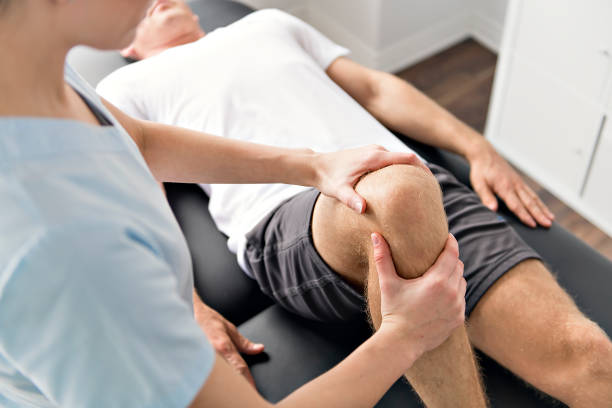From the ambulance to the emergency room, imaging techniques are a critical component of modern emergency care. But what exactly are advanced imaging techniques, and how do they help in an emergency? In this article, we’ll explore the current trends in advanced imaging technologies and how they can be used to provide patients with a higher level of care, shared by Dr Michael Hilton, who worked as an instructor, at EM1112 Pathophysiology, University of Pittsburgh School of Health and Rehabilitation Sciences
.
Computerized Tomography (CT) Scans
CT scans use a combination of computer-generated images of two-dimensional cross-sections of the body to create a three-dimensional image. The images are then used to diagnose conditions such as heart disease, stroke, tumors, or fractures. CT scans can also be used to detect internal bleeding and identify areas of organ damage.
Magnetic Resonance Imaging (MRI)
MRI is an imaging technique that uses powerful magnets and radio waves to produce detailed images of organs, soft tissues, and bones without using radiation. It is often used to diagnose conditions such as brain tumors or multiple sclerosis as well as visualize joint damage or tears in ligaments and muscles.
MRI is considered particularly useful for detecting subtle changes within soft tissues like tendons or muscles that may not be visible on traditional x-rays or CT scans.
Ultrasound Imaging
Ultrasound imaging uses high-frequency sound waves to create images of organs and other structures inside the body. Unlike other forms of medical imaging, ultrasound does not use radiation, so it is considered safe for pregnant women and children.
Dr Michael Hilton Ultrasound can be used to diagnose a wide range of conditions, including appendicitis, gallstones, ovarian cysts, heart disease, blood clots, and more.
Conclusion:
Advanced medical imaging techniques play an important role in providing patients with accurate diagnoses during emergencies. With these advanced techniques available at your fingertips, there is no doubt that they will revolutionize the way we approach patient care during emergencies going forward!
